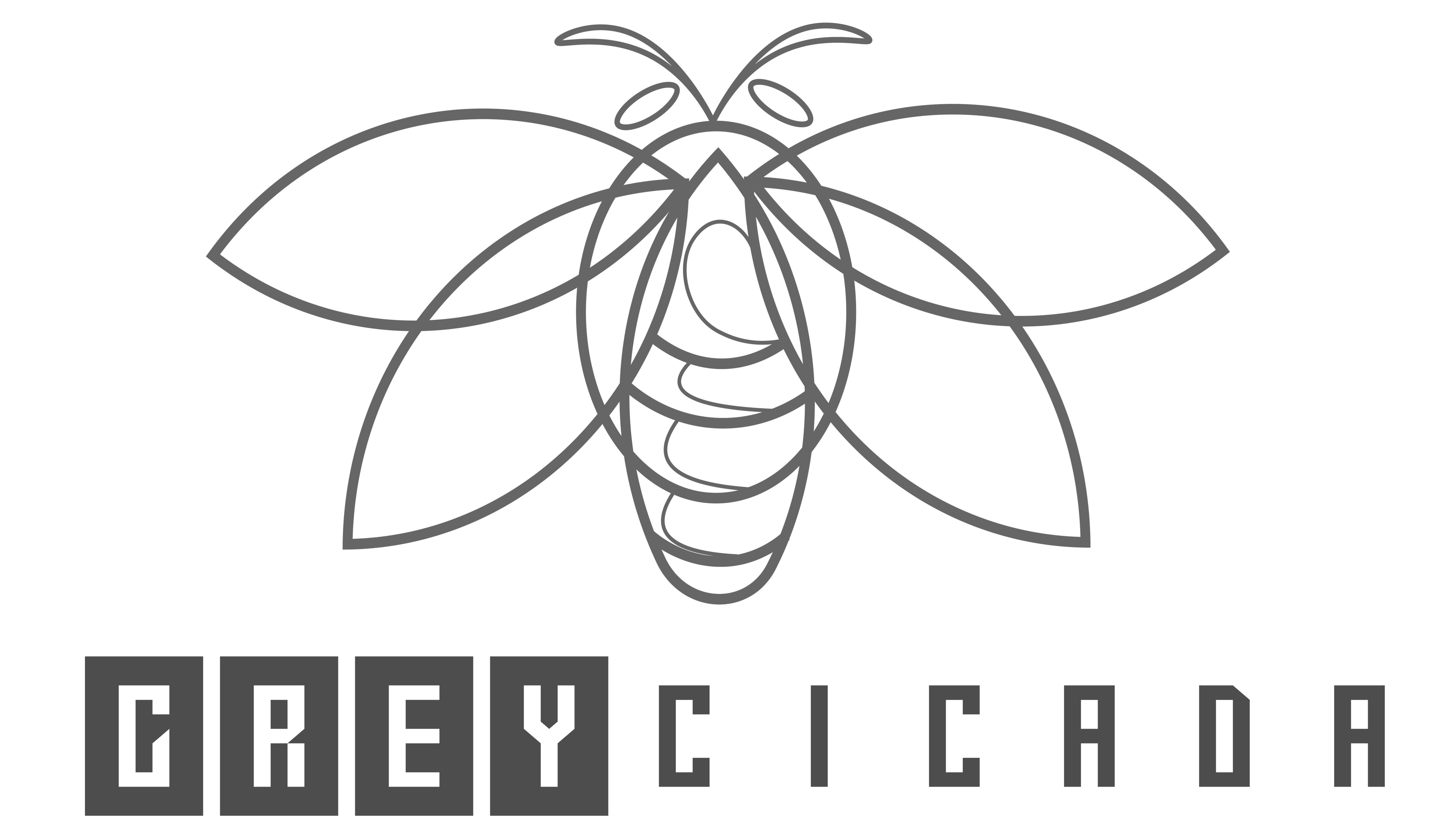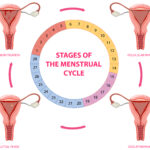FREE SHIPPING OVER $50
This Simple Walking Habit Could Add Years to Your Life—And It’s Not What You Think

We have been sold a lie about fitness. The myth tells us that to get in shape, you need to suffer. You must run miles on a treadmill, lift heavy weights until your muscles ache, or spend hours on an elliptical machine, staring at a screen. We believe that to truly transform our bodies and improve our health, we need to push ourselves to the absolute limit.
But what if the most powerful tool for longevity and fitness isn’t an expensive gym membership or a grueling marathon? What if the secret is a simple habit you already practice every day? The truth is, you can add years to your life with a daily walk. The game-changing, life-extending secret is making that walk a brisk walk. It’s a simple shift in intensity that can completely change your health trajectory. We’re going to dive into the science behind why a brisk walk is a superior form of exercise and give you an actionable plan to unlock its incredible benefits.
The Science of Speed: Why Brisk Walking Wins
All movement is good, but not all movement is equal. A slow stroll is great for stress relief and getting your body moving, but if you want to see significant physiological benefits, you need to elevate your heart rate. This is where the concept of moderate-intensity exercise comes in.
- It’s About Intensity, Not Just Time: The key to a brisk walk is reaching that “sweet spot” of moderate intensity. This is defined as any activity that makes you breathe harder and slightly elevates your heart rate. It’s a level of effort where you can still talk, but you wouldn’t be able to sing. This simple change from a casual pace to a purposeful pace unlocks a cascade of health benefits.
- The Powerful Health Benefits of a Brisk Walk: When you walk briskly, your body begins to work harder and adapt. This leads to a remarkable number of positive changes:
- Cardiovascular Health: A brisk pace strengthens your heart muscle, making it more efficient at pumping blood. This improves circulation, lowers your blood pressure, and reduces your risk of heart disease and stroke.
- Weight Management: Brisk walking burns significantly more calories than a leisurely stroll. It can help you create a caloric deficit, which is essential for weight loss. It also helps to boost your metabolism, so you continue to burn calories even after you’ve finished your walk.
- Brain Health: Regular brisk walking increases blood flow to the brain, which can improve cognitive function, memory, and focus. Some studies suggest it can even help reduce the risk of cognitive decline and dementia.
- Mental Health: The physical effort of a brisk walk releases endorphins, natural mood-boosting chemicals. It’s a powerful antidote to stress, anxiety, and depression. The fresh air and change of scenery also contribute to a better mental state.
- Longevity: Perhaps the most compelling reason of all is its link to a longer life. Research has shown that individuals who maintain a brisk walking pace tend to live longer than those who walk at a slower pace.
Brisk vs. Stroll: A Side-by-Side Look
Many people believe that as long as they are moving, they are getting the benefits. While this is true on a small scale, the difference in the long-term returns is staggering.
- The Leisurely Stroll: It is a wonderful form of relaxation. It can help with light digestion and can be a great way to unwind. However, it doesn’t challenge your cardiovascular system in a way that leads to significant health improvements. It’s about maintenance, not growth.
- The Brisk Walk: This is where the magic happens. A brisk walk is a form of cardio that builds strength and endurance. It trains your body to be more efficient, leading to a host of profound benefits. It’s the difference between gently coasting and purposefully climbing a hill.
How to Master the Brisk Walk
Making the transition from a stroll to a brisk walk is easier than you think. You don’t need a fitness tracker or a special app. All you need is your body.
- What is “Brisk”? The Talk Test: The simplest way to know if you’re walking briskly is the “talk test.” At a moderate pace, you should be able to carry on a conversation, but you should not be able to sing. If you can sing a song, you need to pick up the pace. If you’re so out of breath that you can’t talk at all, you’re at a high intensity, which is also great but not required for this habit.
- The Right Form: To maximize your brisk walking and prevent injury, remember these tips:
- Posture: Stand tall with your head up, looking forward, not down at your feet. Your shoulders should be relaxed, not hunched.
- Arm Swing: Bend your elbows at a 90-degree angle and swing your arms back and forth from your shoulder. This helps propel you forward and adds to your momentum and calorie burn.
- Foot Strike: Land on your heel, then roll through to your toes. This smooth motion will prevent strain and lead to a more efficient stride.
Your Blueprint for a Longer, Healthier Life
Ready to start? Here is a simple plan to turn a stroll into a life-extending habit.
- Phase 1: Building the Habit (Weeks 1-2):
- Goal: Consistency over intensity.
- Routine: Aim for a 20-minute brisk walk at least three times a week. If you’re new to this, start with a 5-minute warm-up stroll, then do 10 minutes of brisk walking, and finish with a 5-minute cool-down stroll.
- Phase 2: Increasing Intensity (Weeks 3-4):
- Goal: Challenge your body slightly more.
- Routine: Increase your brisk walking time to 20-30 minutes per session. Try to walk on uneven terrain or add a slight incline to your route.
- Phase 3: The Long-Term Habit (Weeks 5+):
- Goal: Make it a daily habit.
- Routine: Aim for at least 30 minutes of brisk walking on most days of the week. This is the minimum amount of moderate exercise recommended for optimal health by most health organizations. Consider adding intervals of faster walking or a light jog to push your fitness to the next level.
Simple Ways to Make It Stick
The key to unlocking the benefits of a brisk walk is consistency. Here’s how to make this habit a permanent part of your life.
- Find a Partner: Walking with a friend, a family member, or a pet can make the time fly by and provide accountability.
- Use Technology: A simple pedometer or fitness tracker can be a powerful motivator. Seeing your steps and heart rate can encourage you to push a little harder and celebrate your progress.
- Make It Fun: Listen to a podcast, an audiobook, or a playlist of your favorite music. Find a route with beautiful scenery or a favorite cafe at the end.
Conclusion
The secret to a long, healthy, and vibrant life isn’t a complex, difficult routine. It’s a simple, intentional one. By making one small change—the switch from a stroll to a brisk walk—you are taking control of your fitness and investing in your future. You can add years to your life, improve your mental health, and feel better than you ever have. The power to change your life is in your feet. All you have to do is pick up the pace.
Related Articles
- Over 60 and Fitter Than Most 30-Year-Olds—This Couple’s At-Home Routine Is Shocking Trainers
- These 10 Hidden Home Toxins Could Be Aging You Faster—Here’s How to Detox Safely
- Struggling With High Cholesterol? These 10 Natural Supplements Could Be Game-Changers
- She’s 80, Eats Ice Cream Daily, and Has Perfect Blood Work—Her Longevity Secrets Defy Everything
- This Overlooked Fruit Could Be the Key to Balanced Blood Sugar—Longevity Experts Are Talking







